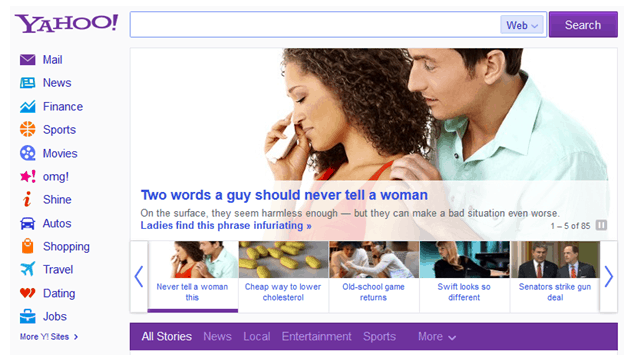Magic Quadrant for Lead Management
What is Gartner’s Magic Quadrant for Lead Management all about? Some high profile names such as Marketo, Eloqua, Microsoft, Oracle and Salesforce.com were mentioned. Lead Liaison was not in the Magic Quadrant for Lead Management, but that’s easily to explain. We’re still a relatively young company and have yet to clear the $20M revenue threshold that’s required to be part of the report. The future looks incredibly bright though as we’re blazing our own trail of innovation in the marketing automation industry. If you don’t have a copy of the lead management report we can give you a quick summary.
 In all honesty, 95% of the report is about vendor profiling. 12 companies are placed across four quadrants, called leaders, challengers, niche players and visionaries. I think it’s fair to say if Lead Liaison was added to the report we’d be in the visionaries category. The other 5% of the Gartner Magic Quadrant for Lead Management covers a few areas we’re fond of. Namely market definition/description, market overview and primary characteristics of CRM lead management. Here’s the Reader’s Digest version of those two segments of the report for those of you who want to skip the vendor spiel:
In all honesty, 95% of the report is about vendor profiling. 12 companies are placed across four quadrants, called leaders, challengers, niche players and visionaries. I think it’s fair to say if Lead Liaison was added to the report we’d be in the visionaries category. The other 5% of the Gartner Magic Quadrant for Lead Management covers a few areas we’re fond of. Namely market definition/description, market overview and primary characteristics of CRM lead management. Here’s the Reader’s Digest version of those two segments of the report for those of you who want to skip the vendor spiel:
Market Definition:
Lead management integrates business process and technology to close the loop between marketing and sales and to drive higher-value opportunities through demand creation, execution and opportunity management.
The input to lead management processes is unqualified contacts and opportunities from various marketing sources.
The output to lead management processes is qualified, scored, nurtured, augmented and prioritized selling opportunities handed off to direct or indirect sales channels for action and closure.
Market Overview:
Investments in CRM marketing automation and applications and services (including lead management) grew by more than 20% in 2011 and 2012. Gartner expects investment to continue to rise during the next several years. This means more and more companies recognize the importance of marketing automation and lead management in particular because it does three primary things as described below.
Marketing automation and lead management increases enterprise growth, attracts and retains new customers and maximizes productivity of sales organizations.
Factors driving the growth of marketing automation and lead management are the overall growth and success of the CRM markets and investment in digital marketing.
Recent M&A and IPO activities underscore market interest in this sector (Marketo IPO, Eloqua bought by Oracle, Pardot bought by ExactTarget).
B2B marketers are adopting marketing channels normally used for B2C marketing such as social media.
Three Primary Characteristics Define CRM Lead Management:
Focus on business and marketing processes
Focus on products or services that represent a sizable investment (also known as “considered purchases”). Businesses selling high-value products or services tend to get a higher return on their investment.
- A handoff of qualified leads to a direct salesperson or an indirect sales team (value-added reseller or distributor), an inside sales team, or an automated channel.











